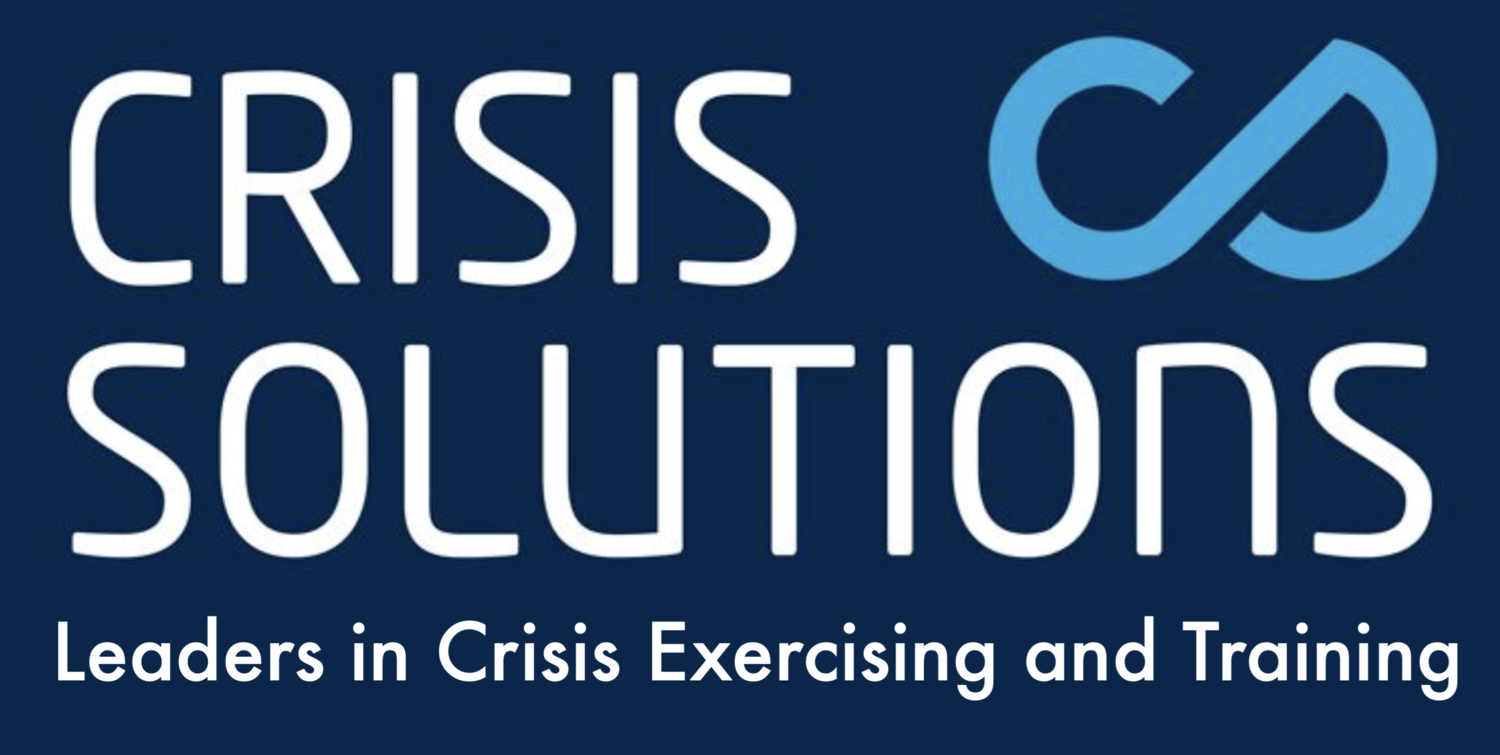Is assessing likelhood a mug's game?
Owing to a mix of post-lockdown euphoria and Tequila, you are in a bar with a large bundle of cash on the table in front of you. Across the table is a stranger flipping a coin. The coin has landed ‘heads’ 8 times in a row. You must now bet all your money on heads or tales. Obviously the result is going to be ‘tails’ this time, isn’t it? Or maybe a ‘heads’ is due?
Can you tell the likelihood of something based on past performance? Clearly with a (fair) coin toss the odds are 50/50, but the human brain struggles with that concept. We tend to complicate our assessment with an over-reliance on past performance.
What about a crisis? Can we make an assessment of the likelihood of something happening based on how often it has happened in the past? I have always struggled with the concept of the likelihood assessment in business continuity. The overused ‘risk’ table, with ‘likelihood’ along the x -axis and ‘impact’ along the y-axis always seemed to me to be only a short step removed from water divining. It becomes even less effective when you use the past to try and predict the future. Whether or not a terrorist attack has taken place near our office in the last few years seems to me to have little bearing on whether it is likely to happen tomorrow. There are far more important considerations, such as geographic location, national threat level and my organisation’s profile. If we were to use the ‘frequency’ method of assessing likelihood then we can all throw our pandemic plans in the bin seeing as it’s only a ‘once in a 100 year’ event.
A more meaningful approach would be to concentrate far more on impact. Let’s leave likelihood assessments to oracles and coin-flippers.

